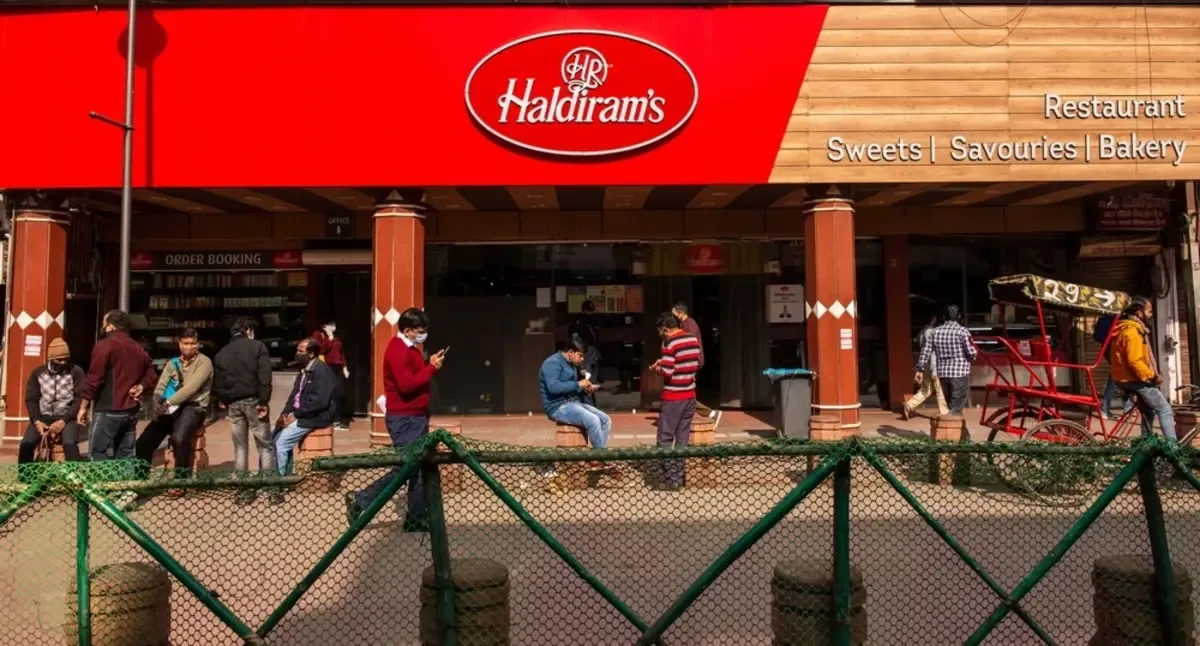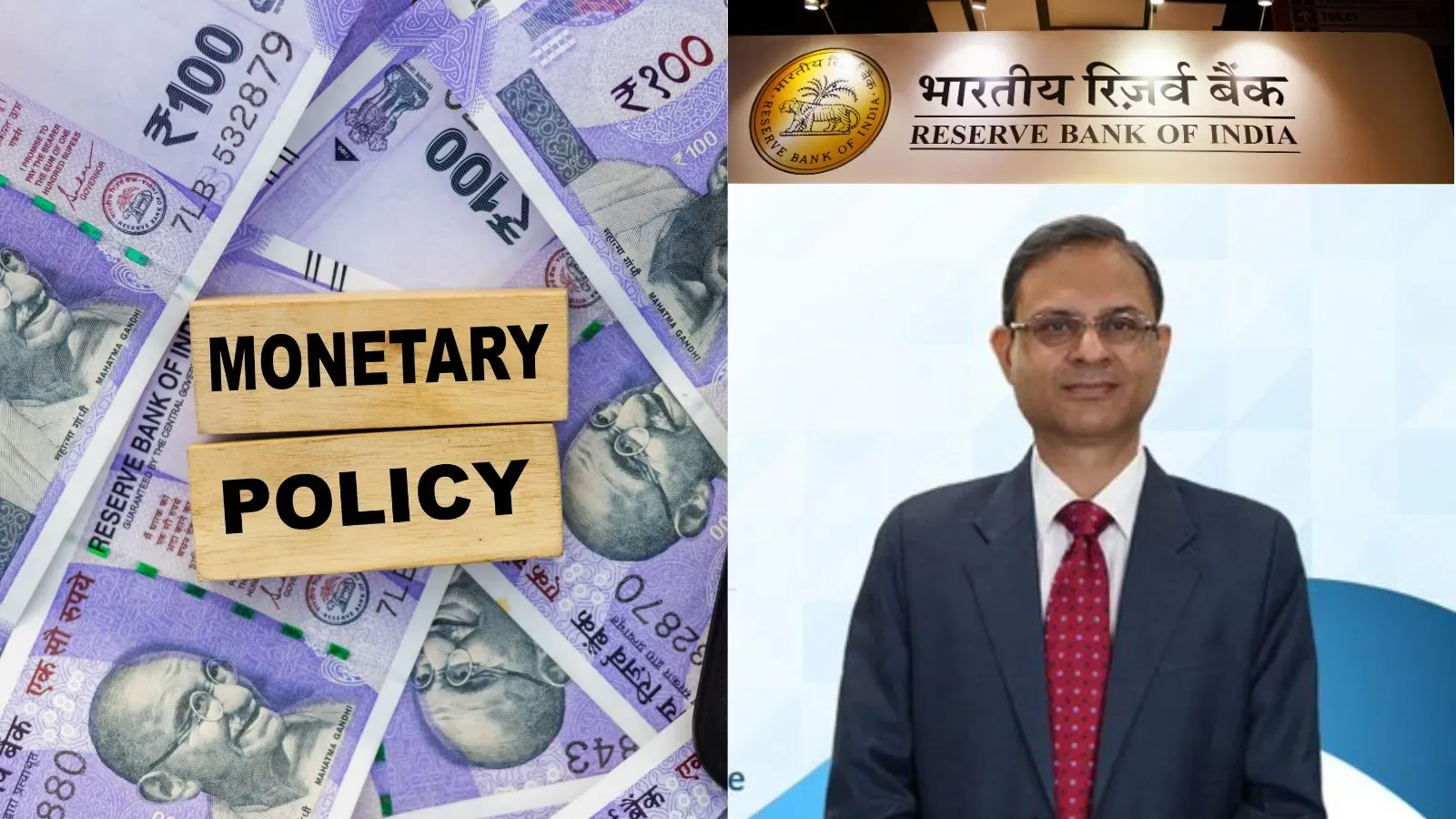Business News
Why foreign investors are pouring billions into Indian bhujia and namkeen market; Haldiram and Balaji Wafers in focus

4 min read | Updated on November 23, 2025, 12:39 IST
SUMMARY
Foreign private equity funds are making huge investments in Indian snack companies like Balaji Wafers and Haldiram to grab a piece of the fast-growing ₹1 lakh crore Indian snack market. Strong sales growth, IPO plans, rising packaged-snack demand, premiumisation trends, and huge export potential are attracting more investors.

In FY24, Balaji Wafers reported ₹5,454 crore in revenue and ₹579 crore in profit. | Image: Shutterstock
Foreign private equity (PE) funds are showing strong interest in Indian bhujia, wafers and namkeen makers. These PE funds are making huge investments in the domestic snack market, as evident from recent high-profile deals in this segment.
- US-based private-equity firm General Atlantic acquired a 7% stake in Balaji Wafers for ₹2,500 crore, valuing the company at ₹35,000 crore.
- Singapore-based investment firm Temasek bought 10% stake in Haldiram Snacks Food for ₹8,500 crore at a valuation of $10 billion (₹85,000 crore).
- Another PE firm, Alpha Wave Global and International Holding Company (IHC), collectively bought a 6% stake in Haldiram Snacks Food for ₹5,600 crore.
Above deals have been executed in 2025, indicating the Indian ethnic snack market is grabbing the attention of marquee PE funds from the US and the Middle East.
Why are PE funds digging into the Indian snack market?
Previously, US-based Blackstone, Tata Consumer Products, ITC and others have also tried to acquire a stake in Haldiram Snacks Food but were unsuccessful because of the lower valuation offered. Meanwhile, Balaji Wafers refused a buyout offer from a multinational company in 2014.
Indian snack market size
According to market research agency IMARC, the domestic snack market size reached ₹46,571.3 crore in 2024 and is expected to grow to ₹1.01 lakh crore by 2033, with a CAGR of 8.63% between 2025 and 2033.
Positive trigger for the industry
The major drivers of India's snacks market include rapid urbanisation, rising disposable income, which allows people for greater spending on processed foods. Besides this, consumers are giving more preference to hygienic, consistent-quality packaged snacks over local loose products. Strong penetration in tier-2 and tier-3 markets is further driving consumers to package snacks.
Changing trends in the industry
The domestic snack industry is also benefiting from premiumisation and value-added product trends, like baked snacks, flavoured chips and value-added namkeens are gaining traction, increasing margins for companies. Other key trends like an increase in health-conscious snacking, growing preference for regional and ethnic flavours are also encouraging new and existing companies to offer new products and grab market share.
Export opportunity
Namkeen and bhujia are very popular among the Indian diaspora and global consumers, offering huge untapped export opportunities for the domestic regional players. Haldiram Snacks Food already exports to over 60 countries, including the USA, UK, Australia, the Middle East, Germany and New Zealand.
Overall, the growing interest from global private equity funds indicates a new phase for India’s ethnic snack market. With rising demand, consumers shift toward packaged snacks, a potential export market likely to make Indian bhujia, wafers and namkeen a billion-dollar opportunity in global markets. Haldiram and Balaji Wafers have got the first mover advantage but many new companies are also introducing innovative products to grab investors attention.
By signing up you agree to Upstox’s Terms & Conditions
About The Author
Next Story

